Who invented the globe?
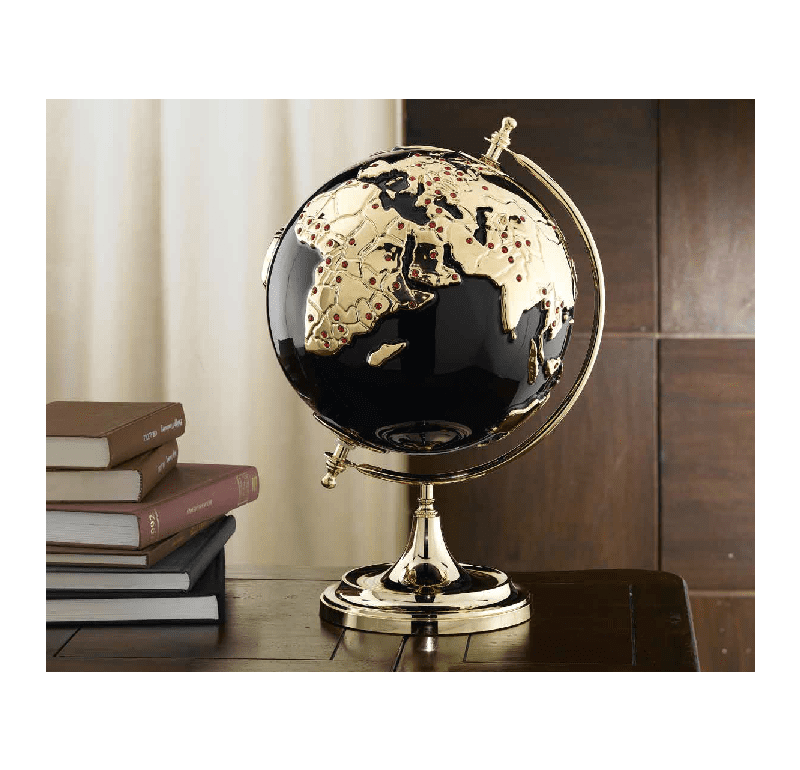
The globe is an educational instrument present in almost every home, school, studio. One of the simplest, but best reflecting the nature of scientific models has its own very interesting history. Today, the globe, in addition to its scientific function, can also play a prestigious or decorative role, and some globes are true works of art. It is worth taking a look at the history, to find out, who invented the globe, when it took place, what transformations the model of our planet underwent, and how it went from being a scientific tool to a prestigious decoration of offices, homes and cabinets, combining scientific and aesthetic qualities.
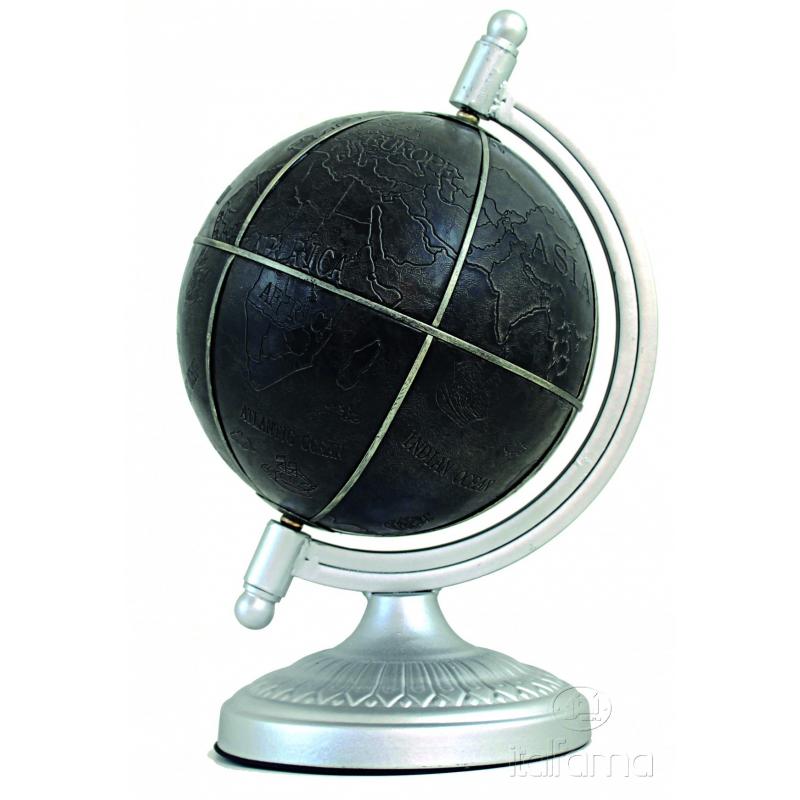
Who invented the globe – or a brief history of the planet Earth model
- The oldest globes
The first globe of the Earth, believed to have been made by Crates of Mallos around 150 BC, was a hypothetical representation of the positions of land, often based on the fantasies of sailors and the creator. However, the oldest existing globe is that of Martin Behaim from 1492. The maps on the surface were painted by Georg Glockenthon. This globe, known as the Erdapfel, was created from a mixture of paper and plaster, with a diameter of 51 cm. So who invented the globe? It is difficult to unequivocally answer this question, as there are several examples of “first globes”, nevertheless Martin Behaim is most often considered the creator of the Earth model.
- Ostrich egg globe
There is one of the oldest globes from around 1510, called the Jagiellonian. On it, the American continent was also marked for the first time. Referring to globes in the world, the oldest one showing America dates back to 1504. It consists of two halves of an ostrich egg, on which the continents and seas are marked. This small globe appeared at auction in London in 2012, surprising connoisseurs of the subject. He also posed the question anew for a while: who invented the globe.
Comparative studies with eggshells and X-ray and tomographic analyses have shown that this globe was made in the early years of the 16th century, probably in 1504, shortly after the discovery of the New World. It is six years older than the copper globe in the New York Public Library’s collection. The two works may be related, perhaps the ostrich egg is a specimen for the copper globe. Similarities in outlines, identical typos in the description of the lands, and the motto “Hic Sunt Dracones” (“here live dragons”), visible only on the 1510 globe, point to this possibility.
- World’s largest globe
One of the largest representations of a globe in the world is the Earth Monument in New York’s Flushing Meadows Park, called Unisphere. The globe-shaped steel structure is more than 36.5 meters in diameter and was built as a symbol of peace for the 1964-65 World Exposition. The monument weighs about 400 tons and has steel elements representing the continents. It is a unique structure that is not only a symbol, but also a valuable part of the history of globes and the human fascination with exploring the world.
Globes today and their role
There are various types of globes on the market that serve different functions and manufacturers tailor them to different needs and preferences. From simple and functional school globes to exclusive models set in prestigious frames, the world of globes offers many options for those passionate about geography, education or aesthetics. Delight, on the other hand, can be aroused by such a unique product as the decorative globe.
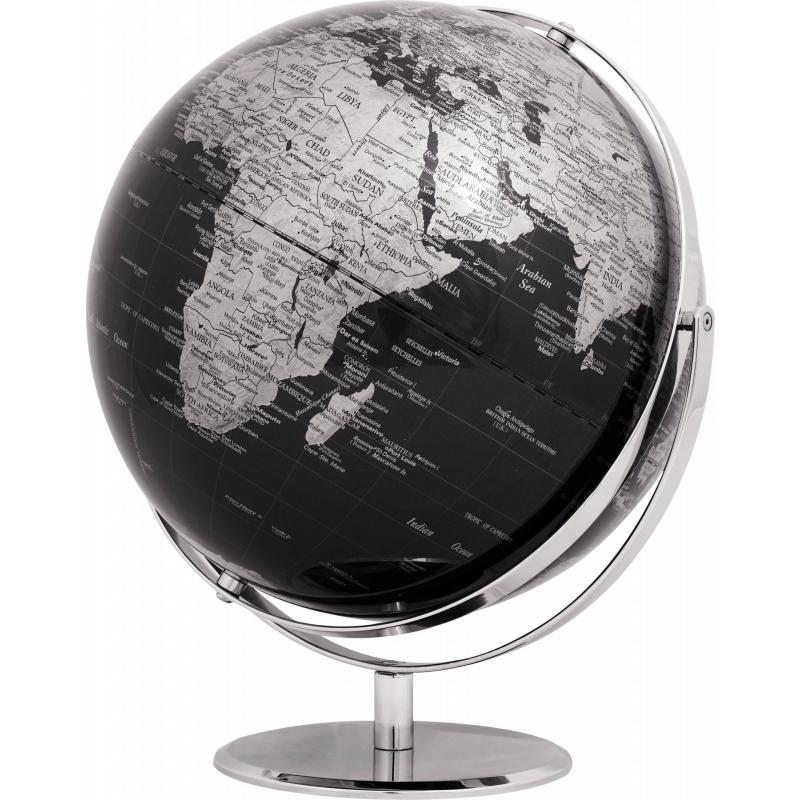
Simple globes, made of sturdy materials and covered with a paper print depicting a world map, are commonly used in schools and educational institutions. These are practical tools that help students understand the layout of continents, countries and oceans. He who invented the globe became a true mentor and pioneer for education and science.
However, when it comes to globes of a higher standard, there are more prestigious, large and elegant models, often set in solid frames. Such globes can be a beautiful interior decoration, both in private homes and in offices or institutions. Their impressive appearance and accuracy of map reproduction attract attention and add a sophisticated touch. Some, placed, for example, in a bedrooms, allow you to spin fantasies of travel.
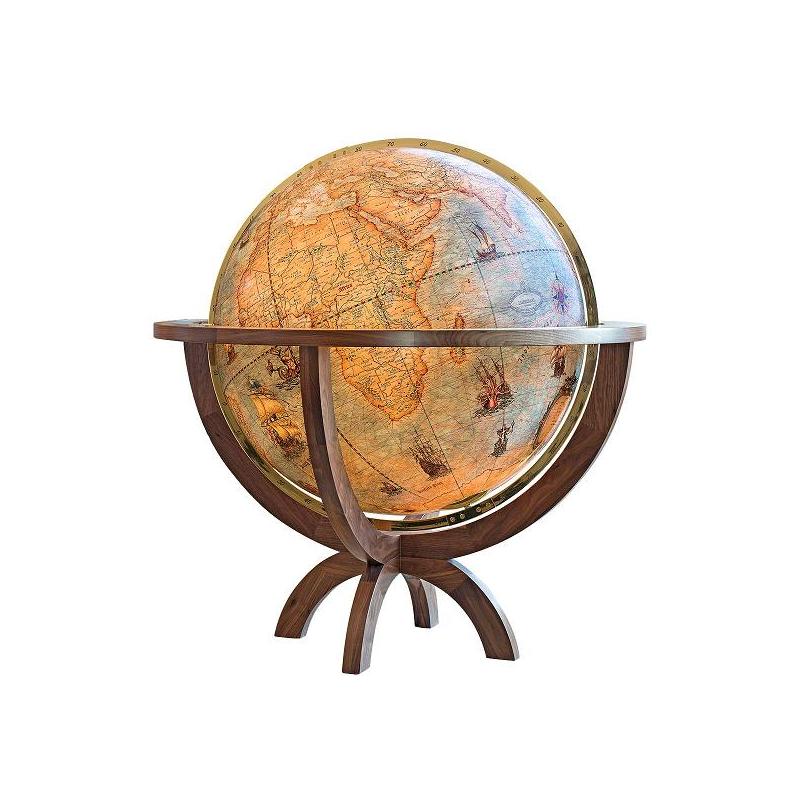
For those who are interested in geography and travel, there are also globes equipped with geographic and cartographic instruments, such as a compass or a compass wheel. These are tools that make it easier to orient oneself on a map and understand various aspects of geography.

In the age of modern technology, modern globes on a stand have also been created, often equipped with LED lighting. Thanks to this, globes not only serve as a source of geographical information, but are also an attractive decorative element that can illuminate a room with striking light. However, not only globes are an original way to illuminate a space, attractive lamps are the basis of many interior design.

For those looking for something truly unique, there are globes made of exclusive materials such as wood, metal or precious stones. These unique globes are often handmade and are not only a learning tool, but also a work of art that attracts attention with its precision and sophisticated workmanship. Such globes are a real investment, just like expensive watches or bullion.
The difference between the model – the globe – and the construction of the planet
The globe, as a three-dimensional representation of the Earth’s planet, is a useful tool for depicting the geographic system, but there are some important differences between the globe model and the real structure of the Earth. These differences are due to the need for certain simplifications and the peculiarities of converting a three-dimensional surface into a two-dimensional map.
One of the main differences is the problem of mapping the surface of a three-dimensional sphere onto a flat map. What in reality is the curved surface of the Earth is transformed on a flat map, leading to distortions. These are known as cartographic distortions, which cause some areas on the map to be stretched or shrunk, and the shapes and proportions of the continents to be altered.
Another difference comes from the fact that it is difficult to render fine geographic details on a globe, such as current country boundaries or topographic changes in terrain. Globes must take into account a certain general scale, which means that some details may be omitted or simplified.
In addition, it is difficult to map on the globe the unstable atmosphere, changing weather conditions or tectonic movements that affect changes in the Earth’s landscape.
Incidentally, even on flat maps, which are used widely, there are distortions. There are various cartographic projections that try to minimize these distortions depending on the purpose and mapping area.
The world’s most interesting globes
Modern technology and creativity have led to the creation of many amazing globes, which are both works of art and advanced educational tools. Here are some of the most interesting and famous modern globes:

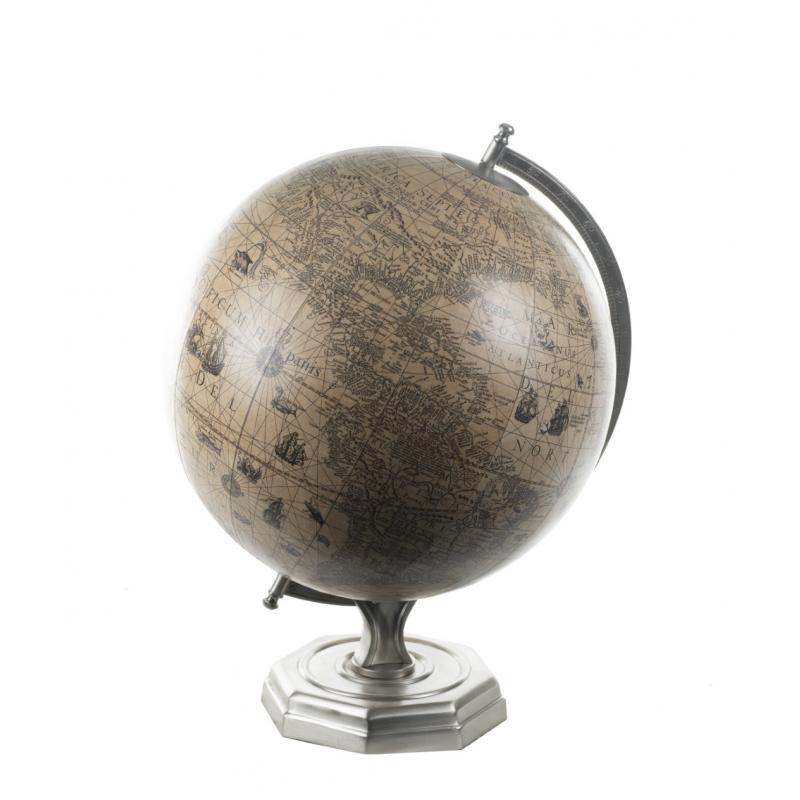
- Bellerby & Co. Globes: London-based Bellerby & Co. specializes in creating handmade globes that are both works of art and accurate maps. These globes are made to order, and each one is unique. They are created with precision and intricacy, with hand-painted paper glued onto rims of wood or metal. These types of globes are the perfect a gift for special occasions, especially when we want to emphasize someone’s prestige or position or express our respect.
- MOVA Globes: MOVA is a company known for its moving globes that rotate thanks to solar and magnetic energy. These unusual globes have a 3D-printed surface, making them appear to realistically portray the appearance of the Earth.
- Franklin Mint Heirloom Globes: Franklin Mint creates luxury globes that combine high quality with aesthetics. Many are made of gold, silver and other precious materials. These globes are often limited collector’s editions. Similar globes can be found elsewhere as well. They are beautifully made and prestigious, decorative globes become an ideal desk decoration.
- Gemstone Globes: Some of the luxury globes are made of real stones, such as marble, onyx or malachite. These unique globes combine cartography with rare and beautiful materials.
Modern decorative globes combine advanced technology, craftsmanship and artistic creativity. They are both educational objects and ornaments that attract attention with their aesthetics and unusual workmanship.


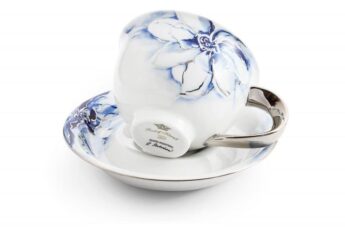
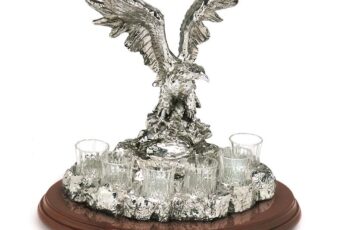

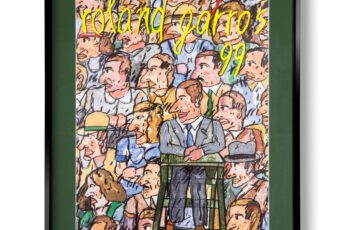
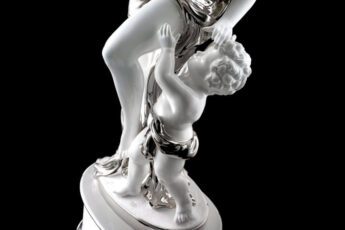
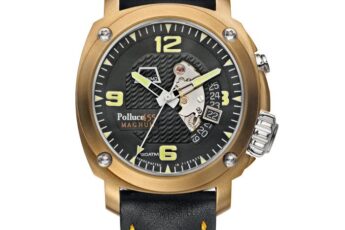
Leave a Comment